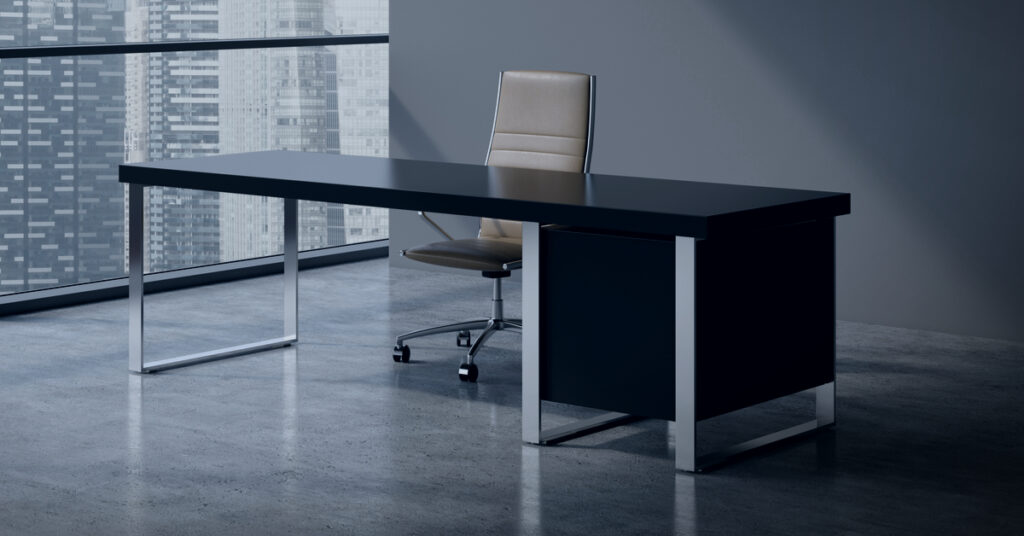The post-pandemic rise of remote work — and the high likelihood of its significant long-term presence — continues to cause consternation for office real estate owners. A recent research report from CBRE argues that more office owners should consider revamping these buildings for other uses.
Get these articles in your inbox
Sign up for our daily newsletter
Get these articles in your inbox
Sign up for our daily newsletter
The national commercial real estate brokerage reported that the U.S. office vacancy rate topped 17% in third-quarter 2022, its highest level in 30 years. Tenants are increasingly downsizing their space requirements or relocating to newer buildings in better locations. CBRE noted that Class A space built since 2010 accounts for less than 10% of the nation’s total office inventory. For owners of older buildings, a conversion project may provide a worthy alternative to selling at a discount or further rent reductions to attract new tenants.
CBRE noted that 63 office conversion projects were set to be delivered across the country this year, a modest increase from the average of 36 completions per year from 2016 through 2021. Nearly 200 more projects are either underway or planned for delivery by the end of 2025. But these completed or planned conversions total only 91.1 million square feet, or about 2% of nationwide inventory, not nearly enough to remove the excess supply of outdated or underperforming space.
The research report noted that many office properties are not suitable for adaptive reuse. Some buildings have floor sizes or ceiling heights that are incompatible for use as apartments or hotel rooms. Local zoning codes also may serve as impediments to redevelopment. But there are advantages to adaptive reuse versus new construction, including lower costs, faster timelines and less impact to the environment. CBRE noted that some municipalities could lower regulatory barriers to facilitate conversion projects as a way of maintaining local property-tax revenues.
“Most large institutional owners won’t have the risk appetite to undergo a conversion,” said Mike Watts, CBRE’s president of investor leasing. “But there is a supply of smaller, older and well-located offices ripe for conversion, and the right pricing will attract opportunistic investors.”
Office-to-multifamily conversions are the most popular type of adaptive-reuse project in recent years. CBRE tracked 89 such projects that have been completed since 2016. These redevelopment efforts created 14,000 new apartment units and reduced office inventory by 16.4 million square feet across 26 U.S. metro areas. On average, these former office buildings were 80 years old.
“Amid concerns over U.S. housing supply, office conversions are bridging the gap between housing supply and demand,” said Matt Vance, CBRE’s senior director of multifamily research. “They have brought much-needed residential options to important high-density neighborhoods with barriers to new development.”
Office-to-hotel conversions are occurring, too, often in secondary markets such as Cincinnati, Houston and Kansas City. Forty-five such projects have been completed since 2016, with 14 more in the construction or planning stages. But CBRE also noted that these projects will be more difficult to justify in the near future due to increased construction and financing costs, as well as stagnant business-travel activity that has yet to return to pre-pandemic levels.




















































